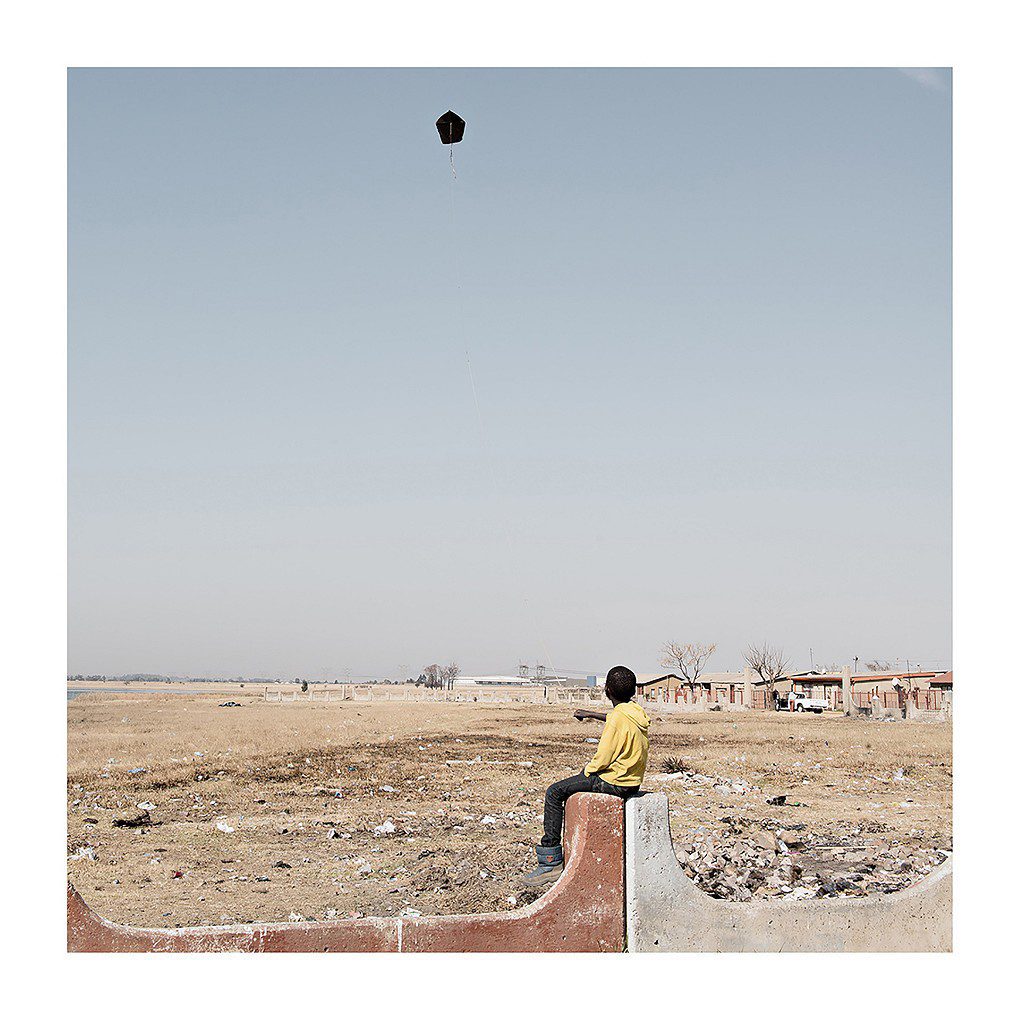Goodman Gallery, Cape Town, South Africa
10 Mar 2016 - 06 Apr 2016

Installation picture, Courtesy by the artist
In ‘Recapture’, Jabulani Dhlamini utilises the medium of photography to explore and question how South Africa’s traumatic and violent past permeates the consciousness of its people.
The series, the first since the artist’s breakout exhibition uMama in 2012, documents the town of Sharpeville, ruminating on the process of recovery and memorial in post-apartheid South Africa. Born in 1983, the artist considers himself to be bound not only by his past but by a history of violence. The artist recalls the moments leading up to South Africa’s first democratic elections – “I knew that something important was happening, makeshift posters and pictures of Mandela were posted all over the streets, but at the time I didn’t realise that the man in the pictures was the soon-to-be leader of a new South Africa – I didn’t realise the implications of what this was.”
Growing up during the height of the anti-apartheid struggle, Biko, Hani and Subokwe were names the artist heard constantly. Not realising the context of these overheard conversations, the young Dhlamini believed these to be distant relatives. Although he later realised the true nature of what he had heard, the idea that the leaders of the struggle were part of a close family bond rather than celebrated heroes and part of the collective consciousness of his community never really left him. Speaking about these early memories Dhlamini states “I think a lot of us feel this way, even with what we know now, we can’t help feeling that the history is much closer to us. I think that’s why children often appear in my work – I am interested in what past they will inherit.”
The decision to photograph the town and its people came from the artist’s need to engage physically with a place that looms so large in the country’s past. “I needed to visit the actual location, to place myself in that landscape. I needed to see, and not imagine, the wall they hid behind, the street where the first shots were fired.” It is these locations, produced as tableaux, that form the first part of the exhibition.
In the three years it took to produce the Sharpeville series, Dhlamini conducted interviews with members of the community. It was during these interviews that he realised how victims constructed informal memorials to the massacre. Tea cups held at the time the first shot was heard, boots which were worn at the massacre, and clothing belonging to the deceased are kept in the houses of victims as personal objects of remembrance. Again we encounter the role of individual processes of mourning and understanding which so fascinates the artist.
In Objects, photographs of personal items which signify the massacre to their owners are placed in a grid next to texts which outline their context. Deliberately blurring the narrative, the writing slips between the subject and interlocutor so that rather than provide a concrete context the texts serve to heighten the ambiguity of history.
For Dhlamini the feeling of uncertainty which the works evoke creates a juxtaposition between lived experience and inherited memory.